

Research Findings Guide: Examples, Types, and Structuring Tips
- November 7, 2024
Dr. Marvin L. Smith
Research findings are the core insights derived from a study, summarizing key results and answering the research question . They reveal patterns, relationships, or trends, whether through qualitative insights or quantitative data.
Understanding how to write findings in research is crucial—it provides clarity, supports claims, and often determines the study’s impact.
This article explores types of research findings , examples, and methods to present them effectively.
Whether you’re looking to learn about research findings, explore examples of different types of research findings, or need guidance on structuring findings in a paper, this guide has you covered.
What Are Research Findings?
Research findings are the key results or discoveries from a study.
They directly address the research question, revealing insights that support or challenge the hypothesis. These findings can be qualitative, like observations or themes, or quantitative, like statistics or patterns.
Clear and accurate findings ensure readers understand the study’s outcome.
Importance of Research Findings
Research findings are the cornerstone of any study, offering critical evidence to support the researcher’s conclusions . They serve as the basis for establishing facts, verifying hypotheses, and validating the study’s objectives.
Findings not only demonstrate that a study has met its intended goals but also underscore its relevance and reliability within a field.
In academic and professional circles, strong research findings enhance the credibility of a paper. They demonstrate that the study is grounded in rigorous data analysis, increasing the likelihood of acceptance by peers and recognition in the wider community.
When findings are presented clearly and backed by sound evidence, they provide a solid foundation for future research, inspiring new questions and guiding subsequent studies.
Additionally, well-structured findings are invaluable for decision-making across sectors.
In healthcare , they inform treatment protocols and health policies; in business , they shape product development and strategic planning; in education , they enhance teaching methods and learning outcomes.
Without concrete findings, research would lack direction and impact, making these insights essential for applying knowledge to real-world problems and advancing knowledge in meaningful ways.
Types of Research Findings
Research findings can be categorized based on both the data’s nature and its origin, giving readers insight into the study’s methods and the type of evidence presented.
This classification—into qualitative vs. quantitative findings and primary vs. secondary findings—helps researchers structure their findings more effectively and ensures readers can follow the study’s approach.
Qualitative vs. Quantitative Findings
Qualitative findings focus on understanding experiences, motivations, and perceptions by capturing themes, patterns, and meanings through methods like interviews, focus groups, and observations. They address the “how” and “why” behind phenomena.
For instance, in a study exploring customer satisfaction, qualitative findings might reveal that customers feel valued when employees remember their names—an insight drawn from direct interview responses.
These findings provide rich, contextual insights that add depth and human perspectives.
Quantitative findings , on the other hand, are based on numerical data derived from methods like surveys, experiments, and statistical analysis. These findings answer “what,” “how much,” or “how many,” offering a measurable view of trends or relationships.
In the same customer satisfaction study, quantitative findings could show that 78% of surveyed customers rate their satisfaction as “high.”
This data-driven approach offers clear, objective metrics that validate or challenge hypotheses and allow comparisons across variables.
Using both qualitative and quantitative findings often provides a balanced perspective, combining numerical rigor with contextual understanding—a method known as mixed-methods research.
Primary vs. Secondary Findings
Primary findings emerge directly from the researcher’s own data collection. These are original insights obtained through firsthand research, such as an experiment, survey, or field study.
For example, a study measuring the effects of a new medication on blood pressure would yield primary findings about its effectiveness based on the data collected during clinical trials.
These findings introduce new knowledge to the field, making them highly valuable and directly tied to the study’s objectives.
Secondary findings are drawn from data or insights that others have previously collected. They often support or add context to primary findings without introducing new information.
For instance, in a study on the effectiveness of teaching methods, secondary findings might include statistics from government reports on educational outcomes.
These findings help frame the research within a broader context, showing how it aligns with or diverges from existing studies. By combining primary and secondary findings, researchers can enhance the credibility of their work and provide a fuller understanding of the topic.
Each type of research finding serves a unique purpose.
Qualitative and quantitative findings provide different perspectives on data, while primary and secondary findings strengthen the depth and breadth of research, making it more impactful and informative.
Interpreting Research Findings
Interpreting research findings involves reviewing data to uncover meaningful insights. This process not only highlights key results but also strengthens the study’s credibility by ensuring clarity and accuracy in presenting findings.
Analyzing Data and Recognizing Patterns
Data analysis helps identify trends, correlations, or differences within the dataset. By recognizing these patterns, researchers draw conclusions that directly address the research question. Effective analysis reveals underlying insights and shows how findings connect to the study’s objectives.
Ensuring Validity and Accuracy
Ensuring validity and accuracy is essential in interpreting findings. Validity confirms that the findings genuinely reflect the data and align with the research question, while accuracy ensures consistent, error-free analysis. Together, they reinforce the study’s reliability, making its conclusions trustworthy and impactful.
Presenting Research Findings
Presenting research findings effectively is crucial for helping readers understand and engage with the study’s outcomes. A well-structured presentation and the use of visuals ensure clarity, while accessible language makes findings understandable to a wider audience.
Structuring a Clear Presentation
Organize findings in a logical order that directly addresses the research question, starting with the most significant results. Use headings, subheadings, and bullet points to break down information, making it easier for readers to follow. Concise and clear language keeps the focus on key insights without overwhelming details.
Using Visuals for Emphasis
Visuals, like charts, graphs, and tables, highlight key data points and make complex information easier to grasp.
For example, a bar chart can show survey results by comparing response percentages across different groups, while a line graph can track changes over time, such as monthly sales trends or patient recovery rates.
Tables are also effective for presenting detailed numerical data, allowing readers to compare figures side by side.
These visual aids help readers quickly identify patterns and comparisons, enhancing the impact of findings and overall comprehension. A well-placed chart or table can make a difference by translating raw data into a clear, engaging visual summary .
Communicating Findings to Non-Experts
To reach non-experts, simplify technical terms and avoid jargon. Use clear, everyday language and provide brief explanations when needed. Presenting findings in an accessible way ensures broader understanding and maximizes the research’s reach and influence.
Challenges in Reporting Research Findings
Reporting research findings can be challenging, as it requires accuracy and objectivity to avoid misleading readers. Identifying and addressing these challenges is essential to maintain credibility and transparency.
Misinterpretation and Bias
Misinterpretation happens when findings are presented in a way that leads readers to incorrect conclusions. To avoid this, use precise language and clarify key points. Bias, whether intentional or unintentional, can distort findings by emphasizing certain outcomes. Being aware of potential biases and reporting objectively ensures a fair representation of the data.
Addressing Limitations
Every study has limitations—factors that may affect the results or the generalizability of findings. Clearly acknowledging these limitations shows honesty and helps readers understand the scope of the research. Addressing limitations also guides future studies by highlighting areas for improvement or further investigation.
Applications of Research Findings
Research findings have broad applications across various fields, guiding decisions, influencing policies, and informing future research.
In healthcare, findings can lead to new treatments, improve patient care, or shape public health guidelines.
In business, research insights drive product development, marketing strategies, and customer experience enhancements.
In education, findings inform teaching methods and curriculum design, ultimately improving learning outcomes.
Moreover, research findings often serve as a foundation for further studies, allowing other researchers to build on existing knowledge. Whether applied to solve real-world problems or deepen understanding within a field, these findings contribute significantly to progress and innovation.
About the Author:
Leave a comment cancel reply.
You must be logged in to post a comment.
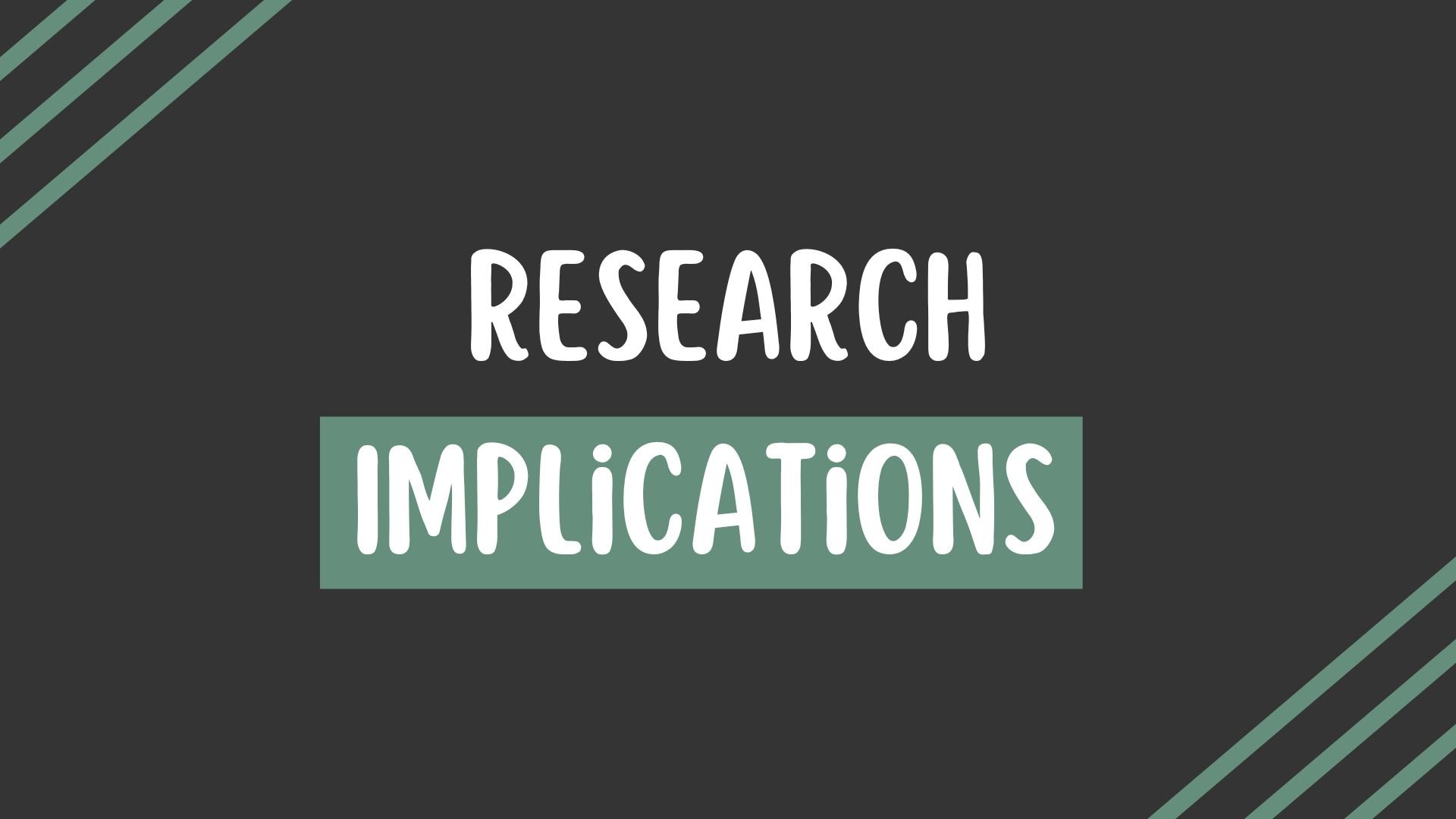
Research Implications 101: A Beginner’s Guide to Writing for Impact
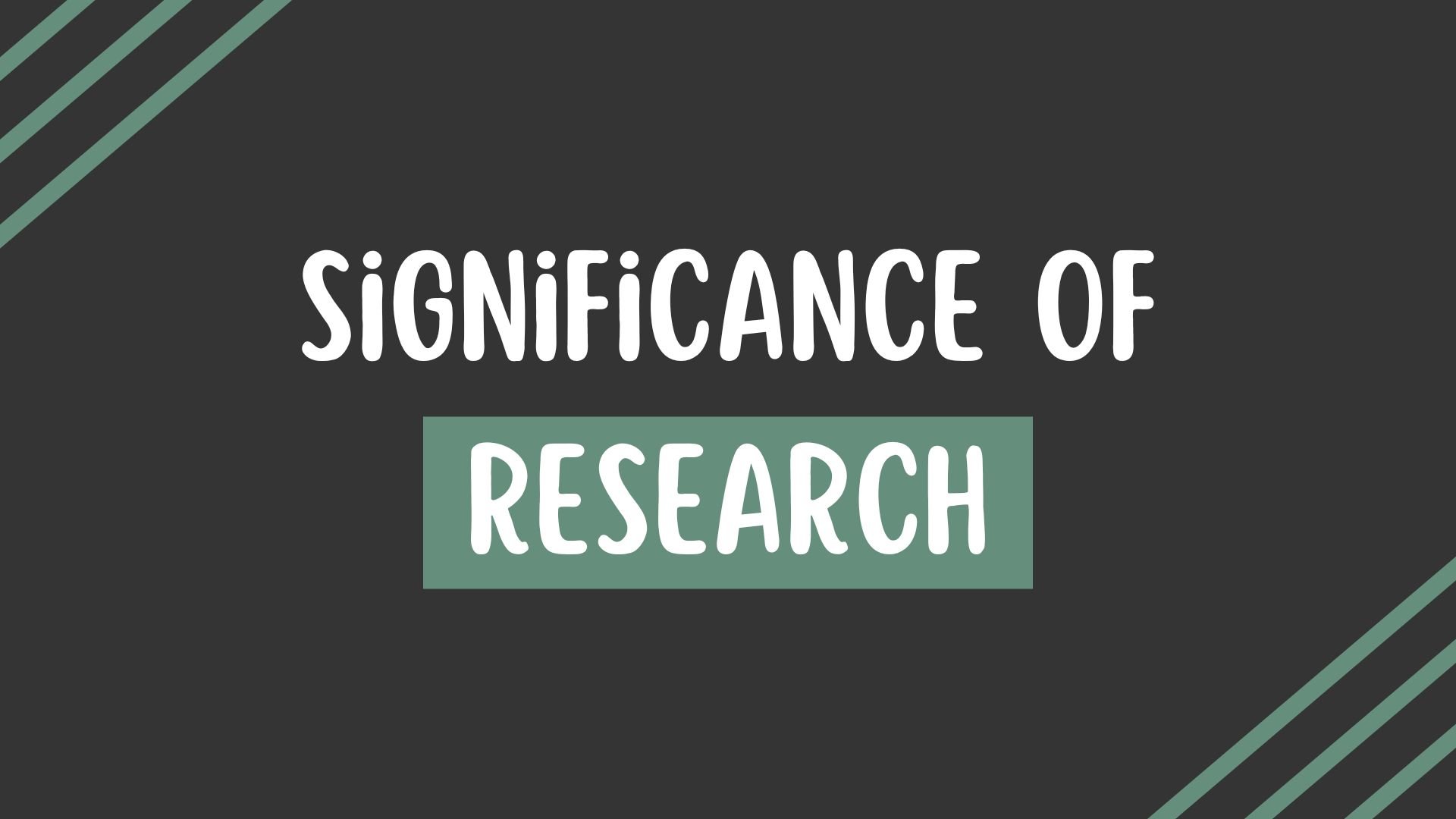
The Significance of Research: Why It Matters
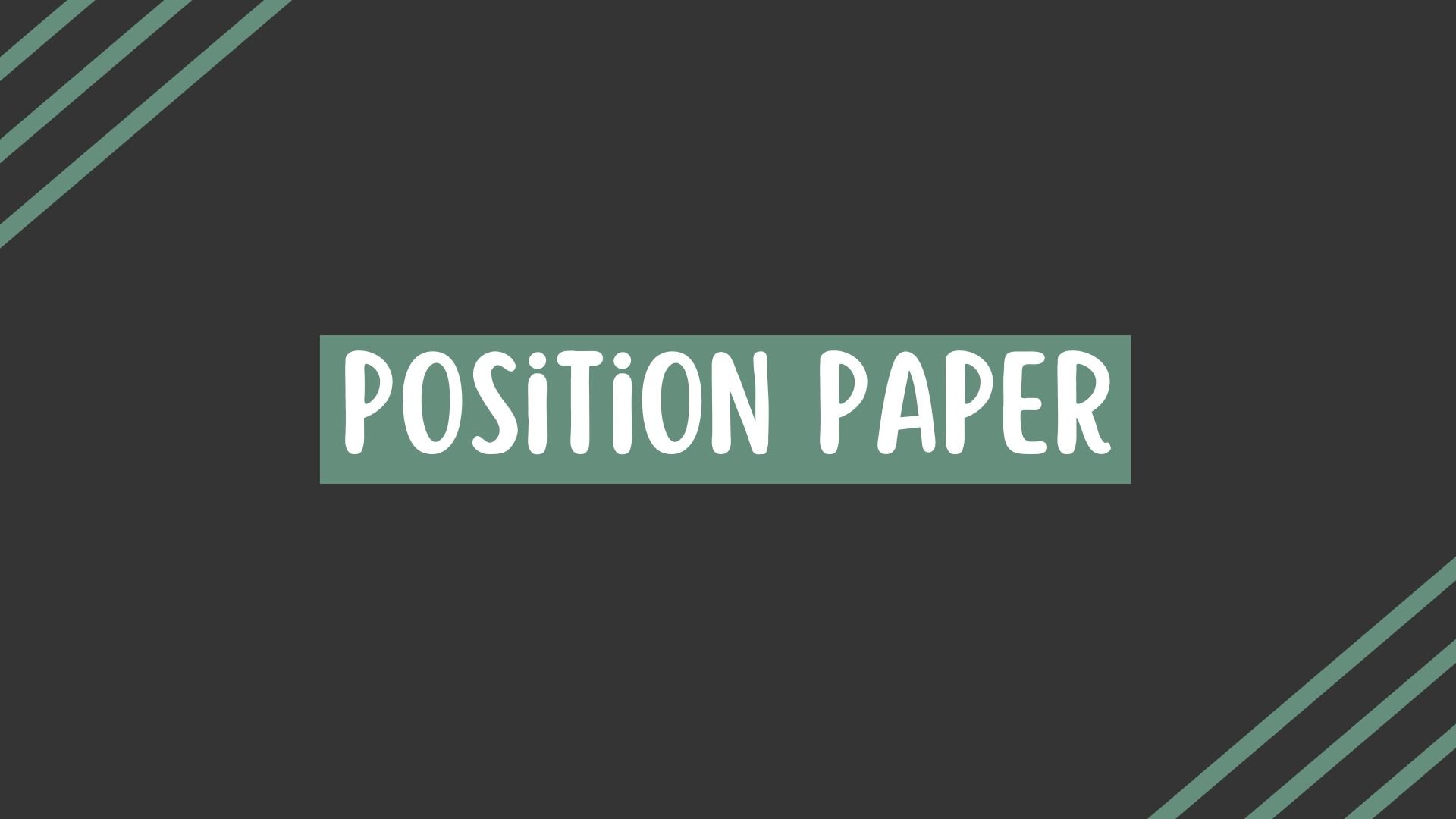
What is a Position Paper? Definition, Purpose & Examples
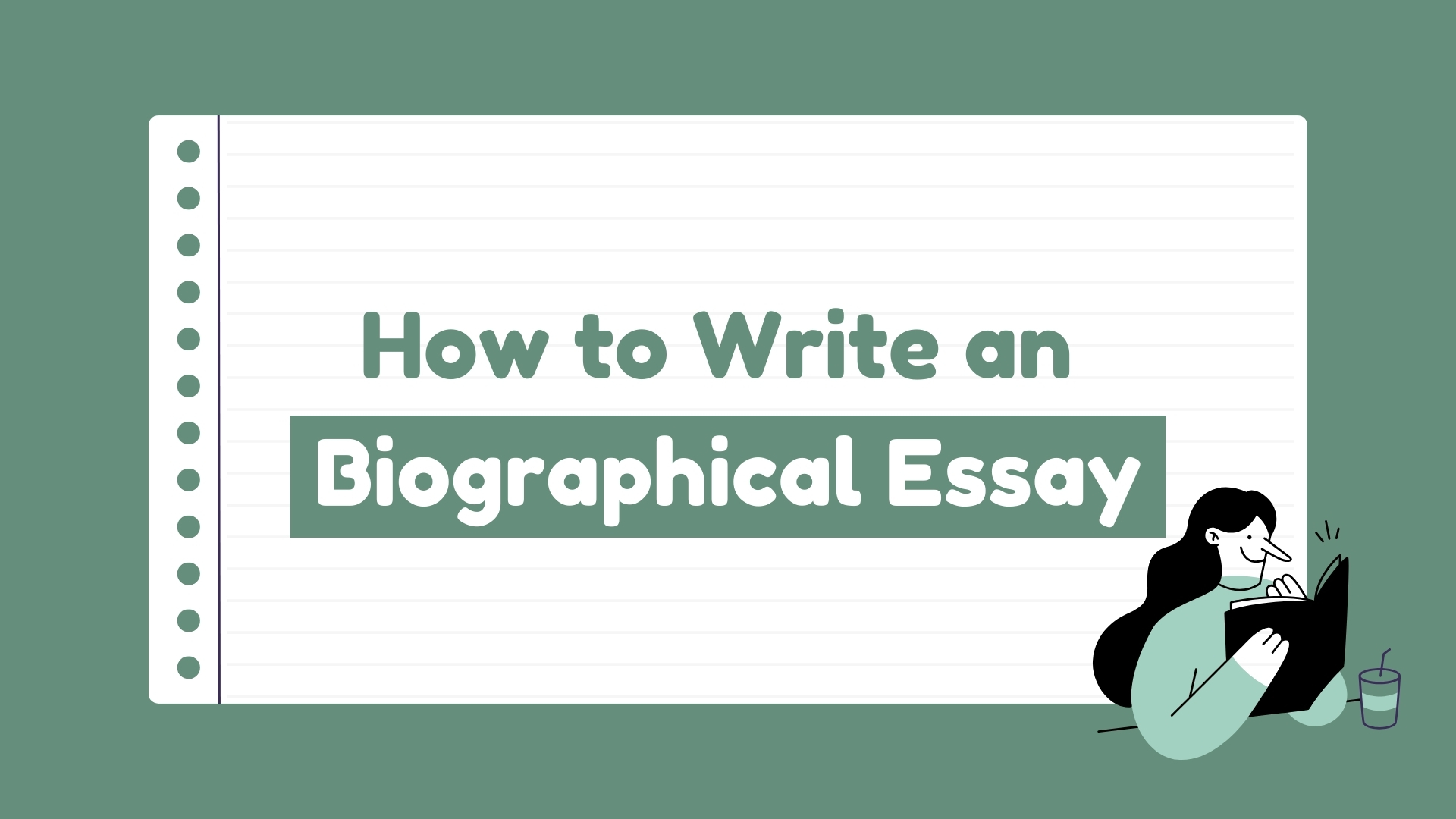
How to Write a Biographical Essay?
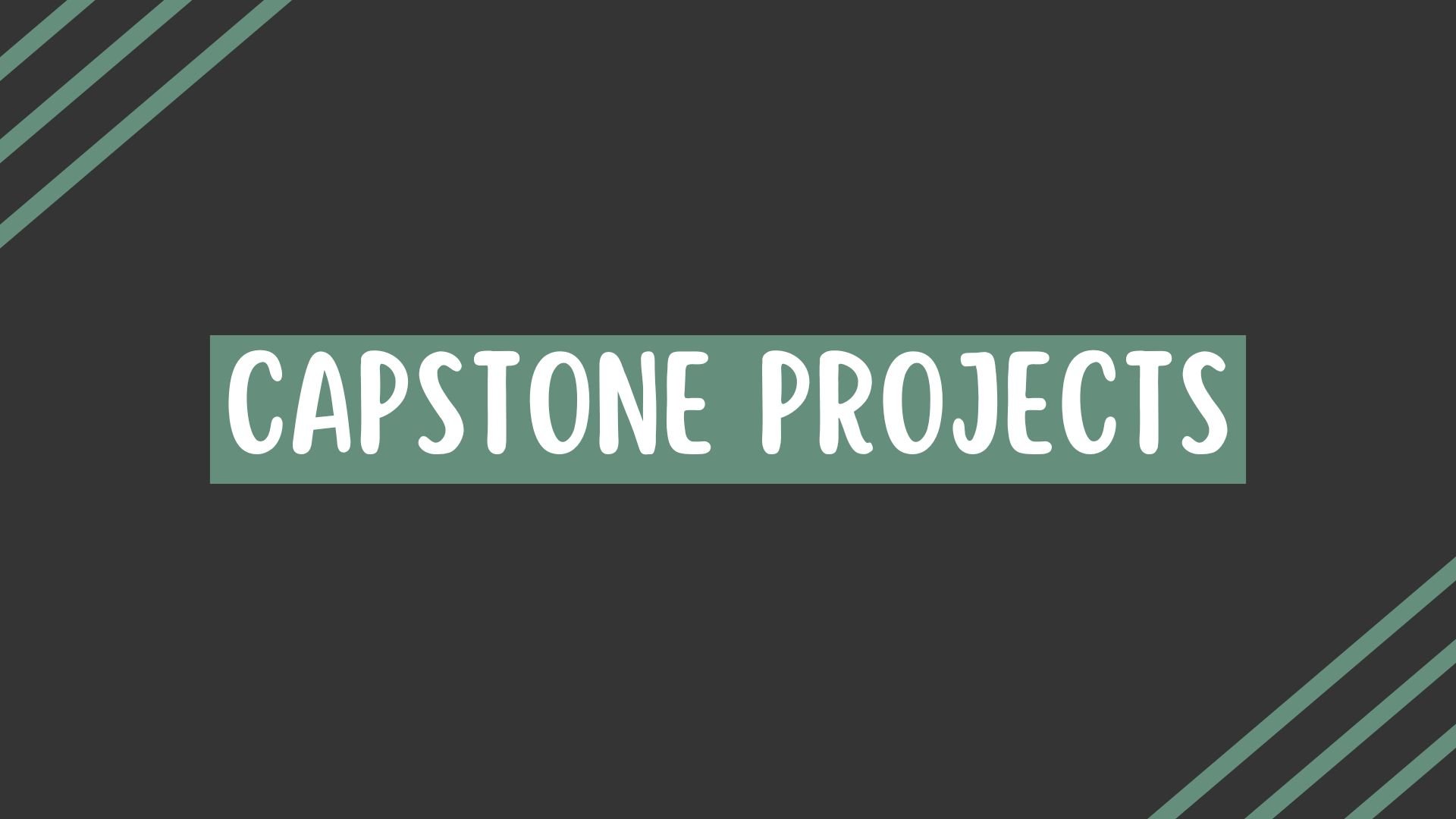
Capstone Projects 101: Definition, Purpose, and More
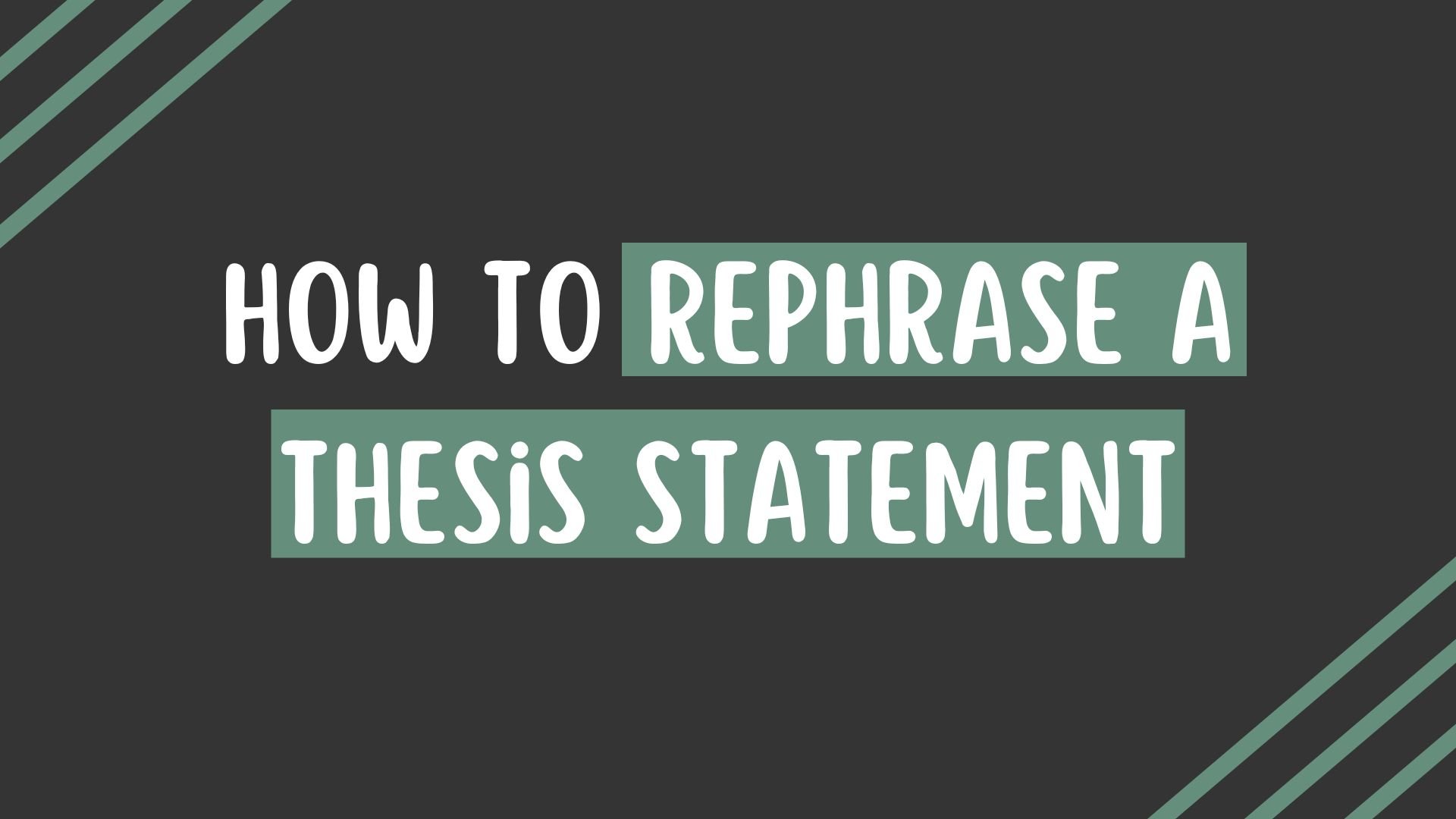
How to Rephrase a Thesis Statement in 4 Easy Steps

Unlock effortless writing excellence with the world's #1 AI-powered essay and research paper writer. Experience instant research paper perfection and elevate your writing to the next level.
Limited time offers 🎁🎉.
Black Friday Sale
Cyber Monday Sale
Discover More
50+ Free AI Tools
Terms & Condition
Privacy Policy
✉ [email protected]
✆ +971 50 760 0820
📍190 Hackett Inlet, Eastern Region, Dubai, UAE.
Copyright © 2024 Blainy
- Research Process
- Manuscript Preparation
- Manuscript Review
- Publication Process
- Publication Recognition
- Language Editing Services
- Translation Services

How to Write the Results Section: Guide to Structure and Key Points
- 4 minute read
- 88.4K views
Table of Contents
The ‘ Results’ section of a research paper, like the ‘Introduction’ and other key parts, attracts significant attention from editors, reviewers, and readers. The reason lies in its critical role — that of revealing the key findings of a study and demonstrating how your research fills a knowledge gap in your field of study. Given its importance, crafting a clear and logically structured results section is essential.
In this article, we will discuss the key elements of an effective results section and share strategies for making it concise and engaging. We hope this guide will help you quickly grasp ways of writing the results section, avoid common pitfalls, and make your writing process more efficient and effective.
Structure of the results section
Briefly restate the research topic in the introduction : Although the main purpose of the results section in a research paper is to list the notable findings of a study, it is customary to start with a brief repetition of the research question. This helps refocus the reader, allowing them to better appreciate the relevance of the findings. Additionally, restating the research question establishes a connection to the previous section of the paper, creating a smoother flow of information.
Systematically present your research findings : Address the primary research question first, followed by the secondary research questions. If your research addresses multiple questions, mention the findings related to each one individually to ensure clarity and coherence.
Represent your results visually: Graphs, tables, and other figures can help illustrate the findings of your paper, especially if there is a large amount of data in the results. As a rule of thumb, use a visual medium like a graph or a table if you wish to present three or more statistical values simultaneously.
Graphical or tabular representations of data can also make your results section more visually appealing. Remember, an appealing and well-organized results section can help peer reviewers better understand the merits of your research, thereby increasing your chances of publication.
Practical guidance for writing an effective ‘Results’ section
- Always use simple and plain language. Avoid the use of uncertain or unclear expressions.
- The findings of the study must be expressed in an objective and unbiased manner. While it is acceptable to correlate certain findings , it is best to avoid over-interpreting the results. In addition, avoid using subjective or emotional words , such as “interestingly” or “unfortunately”, to describe the results as this may cause readers to doubt the objectivity of the paper.
- The content balances simplicity with comprehensiveness . For statistical data, simply describe the relevant tests and explain their results without mentioning raw data. If the study involves multiple hypotheses, describe the results for each one separately to avoid confusion and aid understanding. To enhance credibility, e nsure that negative results , if any, are included in this section, even if they do not support the research hypothesis.
- Wherever possible, use illustrations like tables, figures, charts, or other visual representations to highlight the results of your research paper. Mention these illustrations in the text, but do not repeat the information that they convey ¹ .
Difference between data, results, and discussion sections
Data , results, and discussion sections all communicate the findings of a study, but each serves a distinct purpose with varying levels of interpretation.
In the results section , one cannot provide data without interpreting its relevance or make statements without citing data ² . In a sense, the results section does not draw connections between different data points. Therefore, there is a certain level of interpretation involved in drawing results out of data.
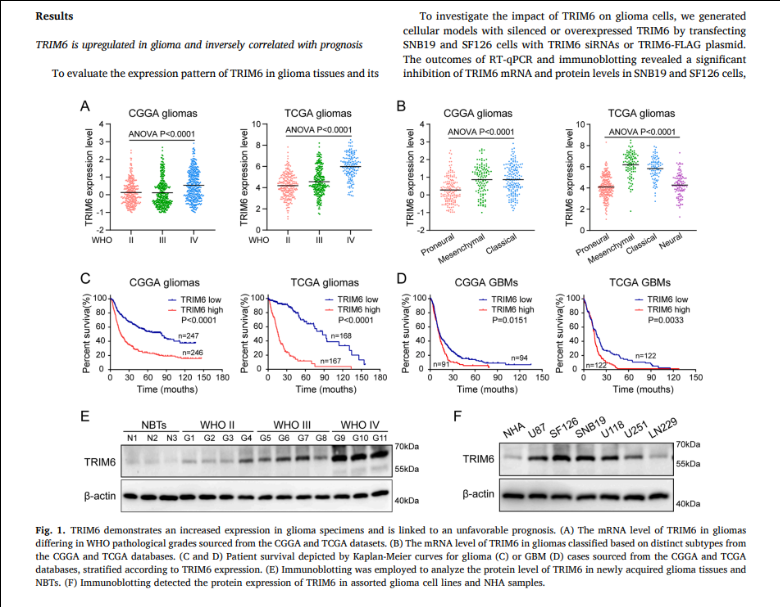
(The example is intended to showcase how the visual elements and text in the results section complement each other ³ . The academic viewpoints included in the illustrative screenshots should not be used as references.)
The discussion section allows authors even more interpretive freedom compared to the results section. Here, data and patterns within the data are compared with the findings from other studies to make more generalized points. Unlike the results section , which focuses purely on factual data, the discussion section touches upon hypothetical information, drawing conjectures and suggesting future directions for research.
The ‘ Results’ section serves as the core of a research paper, capturing readers’ attention and providing insights into the study’s essence. Regardless of the subject of your research paper, a well-written results section can generate interest in your research. By following the tips outlined here, you can create a results section that effectively communicates your finding and invites further exploration. Remember, clarity is the key, and with the right approach, your results section can guide readers through the intricacies of your research.
Professionals at Elsevier Language Services know the secret to writing a well-balanced results section. With their expert suggestions, you can ensure that your findings come across clearly to the reader. To maximize your chances of publication, reach out to Elsevier Language Services today !
Type in wordcount for Standard Total: USD EUR JPY Follow this link if your manuscript is longer than 12,000 words. Upload
Reference
- Cetin, S., & Hackam, D. J. (2005). An approach to the writing of a scientific manuscript. Journal of Surgical Research, 128(2), 165–167. https://doi.org/10.1016/j.jss.2005.07.002
- Bahadoran, Z., Mirmiran, P., Zadeh-Vakili, A., Hosseinpanah, F., & Ghasemi, A. (2019). The Principles of Biomedical Scientific Writing: Results. International Journal of Endocrinology and Metabolism/International Journal of Endocrinology and Metabolism., In Press (In Press). https://doi.org/10.5812/ijem.92113
- Guo, J., Wang, J., Zhang, P., Wen, P., Zhang, S., Dong, X., & Dong, J. (2024). TRIM6 promotes glioma malignant progression by enhancing FOXO3A ubiquitination and degradation. Translational Oncology, 46, 101999. https://doi.org/10.1016/j.tranon.2024.101999

Writing a good review article


Why is data validation important in research?
You may also like.

Submission 101: What format should be used for academic papers?

Page-Turner Articles are More Than Just Good Arguments: Be Mindful of Tone and Structure!

A Must-see for Researchers! How to Ensure Inclusivity in Your Scientific Writing

Make Hook, Line, and Sinker: The Art of Crafting Engaging Introductions

Can Describing Study Limitations Improve the Quality of Your Paper?

A Guide to Crafting Shorter, Impactful Sentences in Academic Writing

6 Steps to Write an Excellent Discussion in Your Manuscript

How to Write Clear and Crisp Civil Engineering Papers? Here are 5 Key Tips to Consider
Input your search keywords and press Enter.
- Skip to main content
- Skip to primary sidebar
- Skip to footer
- QuestionPro

- Solutions Industries Gaming Automotive Sports and events Education Government Travel & Hospitality Financial Services Healthcare Cannabis Technology Use Case AskWhy Communities Audience Contactless surveys Mobile LivePolls Member Experience GDPR Positive People Science 360 Feedback Surveys
- Resources Blog eBooks Survey Templates Case Studies Training Help center
Home Surveys Academic Research
Research Summary: What is it & how to write one

The Research Summary is used to report facts about a study clearly. You will almost certainly be required to prepare a research summary during your academic research or while on a research project for your organization.
If it is the first time you have to write one, the writing requirements may confuse you. The instructors generally assign someone to write a summary of the research work. Research summaries require the writer to have a thorough understanding of the issue.
This article will discuss the definition of a research summary and how to write one.
What is a research summary?
A research summary is a piece of writing that summarizes your research on a specific topic. Its primary goal is to offer the reader a detailed overview of the study with the key findings. A research summary generally contains the article’s structure in which it is written.
You must know the goal of your analysis before you launch a project. A research overview summarizes the detailed response and highlights particular issues raised in it. Writing it might be somewhat troublesome. To write a good overview, you want to start with a structure in mind. Read on for our guide.
Why is an analysis recap so important?
Your summary or analysis is going to tell readers everything about your research project. This is the critical piece that your stakeholders will read to identify your findings and valuable insights. Having a good and concise research summary that presents facts and comes with no research biases is the critical deliverable of any research project.
We’ve put together a cheat sheet to help you write a good research summary below.
Research Summary Guide
- Why was this research done? – You want to give a clear description of why this research study was done. What hypothesis was being tested?
- Who was surveyed? – The what and why or your research decides who you’re going to interview/survey. Your research summary has a detailed note on who participated in the study and why they were selected.
- What was the methodology? – Talk about the methodology. Did you do face-to-face interviews? Was it a short or long survey or a focus group setting? Your research methodology is key to the results you’re going to get.
- What were the key findings? – This can be the most critical part of the process. What did we find out after testing the hypothesis? This section, like all others, should be just facts, facts facts. You’re not sharing how you feel about the findings. Keep it bias-free.
- Conclusion – What are the conclusions that were drawn from the findings. A good example of a conclusion. Surprisingly, most people interviewed did not watch the lunar eclipse in 2022, which is unexpected given that 100% of those interviewed knew about it before it happened.
- Takeaways and action points – This is where you bring in your suggestion. Given the data you now have from the research, what are the takeaways and action points? If you’re a researcher running this research project for your company, you’ll use this part to shed light on your recommended action plans for the business.
LEARN ABOUT: Action Research
If you’re doing any research, you will write a summary, which will be the most viewed and more important part of the project. So keep a guideline in mind before you start. Focus on the content first and then worry about the length. Use the cheat sheet/checklist in this article to organize your summary, and that’s all you need to write a great research summary!
But once your summary is ready, where is it stored? Most teams have multiple documents in their google drives, and it’s a nightmare to find projects that were done in the past. Your research data should be democratized and easy to use.
We at QuestionPro launched a research repository for research teams, and our clients love it. All your data is in one place, and everything is searchable, including your research summaries!
Authors: Prachi, Anas
MORE LIKE THIS

Maximize Employee Feedback with QuestionPro Workforce’s Slack Integration
Nov 6, 2024

2024 Presidential Election Polls: Harris vs. Trump
Nov 5, 2024

Your First Question Should Be Anything But, “Is The Car Okay?” — Tuesday CX Thoughts

QuestionPro vs. Qualtrics: Who Offers the Best 360-Degree Feedback Platform for Your Needs?
Nov 4, 2024
Other categories
- Academic Research
- Artificial Intelligence
- Assessments
- Brand Awareness
- Case Studies
- Communities
- Consumer Insights
- Customer effort score
- Customer Engagement
- Customer Experience
- Customer Loyalty
- Customer Research
- Customer Satisfaction
- Employee Benefits
- Employee Engagement
- Employee Retention
- Friday Five
- General Data Protection Regulation
- Insights Hub
- Life@QuestionPro
- Market Research
- Mobile diaries
- Mobile Surveys
- New Features
- Online Communities
- Question Types
- Questionnaire
- QuestionPro Products
- Release Notes
- Research Tools and Apps
- Revenue at Risk
- Survey Templates
- Training Tips
- Tuesday CX Thoughts (TCXT)
- Uncategorized
- What’s Coming Up
- Workforce Intelligence
- Affiliate Program

- UNITED STATES
- 台灣 (TAIWAN)
- TÜRKIYE (TURKEY)
- Academic Editing Services
- - Research Paper
- - Journal Manuscript
- - Dissertation
- - College & University Assignments
- Admissions Editing Services
- - Application Essay
- - Personal Statement
- - Recommendation Letter
- - Cover Letter
- - CV/Resume
- Business Editing Services
- - Business Documents
- - Report & Brochure
- - Website & Blog
- Writer Editing Services
- - Script & Screenplay
- Our Editors
- Client Reviews
- Editing & Proofreading Prices
- Wordvice Points
- Partner Discount
- Plagiarism Checker
- APA Citation Generator
- MLA Citation Generator
- Chicago Citation Generator
- Vancouver Citation Generator
- - APA Style
- - MLA Style
- - Chicago Style
- - Vancouver Style
- Writing & Editing Guide
- Academic Resources
- Admissions Resources
How to Write the Results/Findings Section in Research
What is the research paper Results section and what does it do?
The Results section of a scientific research paper represents the core findings of a study derived from the methods applied to gather and analyze information. It presents these findings in a logical sequence without bias or interpretation from the author, setting up the reader for later interpretation and evaluation in the Discussion section. A major purpose of the Results section is to break down the data into sentences that show its significance to the research question(s).
The Results section appears third in the section sequence in most scientific papers. It follows the presentation of the Methods and Materials and is presented before the Discussion section —although the Results and Discussion are presented together in many journals. This section answers the basic question “What did you find in your research?”
What is included in the Results section?
The Results section should include the findings of your study and ONLY the findings of your study. The findings include:
- Data presented in tables, charts, graphs, and other figures (may be placed into the text or on separate pages at the end of the manuscript)
- A contextual analysis of this data explaining its meaning in sentence form
- All data that corresponds to the central research question(s)
- All secondary findings (secondary outcomes, subgroup analyses, etc.)
If the scope of the study is broad, or if you studied a variety of variables, or if the methodology used yields a wide range of different results, the author should present only those results that are most relevant to the research question stated in the Introduction section .
As a general rule, any information that does not present the direct findings or outcome of the study should be left out of this section. Unless the journal requests that authors combine the Results and Discussion sections, explanations and interpretations should be omitted from the Results.
How are the results organized?
The best way to organize your Results section is “logically.” One logical and clear method of organizing research results is to provide them alongside the research questions—within each research question, present the type of data that addresses that research question.
Let’s look at an example. Your research question is based on a survey among patients who were treated at a hospital and received postoperative care. Let’s say your first research question is:
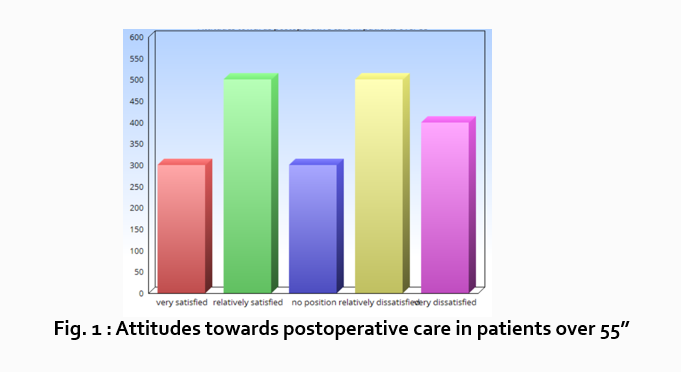
“What do hospital patients over age 55 think about postoperative care?”
This can actually be represented as a heading within your Results section, though it might be presented as a statement rather than a question:
Attitudes towards postoperative care in patients over the age of 55
Now present the results that address this specific research question first. In this case, perhaps a table illustrating data from a survey. Likert items can be included in this example. Tables can also present standard deviations, probabilities, correlation matrices, etc.
Following this, present a content analysis, in words, of one end of the spectrum of the survey or data table. In our example case, start with the POSITIVE survey responses regarding postoperative care, using descriptive phrases. For example:
“Sixty-five percent of patients over 55 responded positively to the question “ Are you satisfied with your hospital’s postoperative care ?” (Fig. 2)
Include other results such as subcategory analyses. The amount of textual description used will depend on how much interpretation of tables and figures is necessary and how many examples the reader needs in order to understand the significance of your research findings.
Next, present a content analysis of another part of the spectrum of the same research question, perhaps the NEGATIVE or NEUTRAL responses to the survey. For instance:
“As Figure 1 shows, 15 out of 60 patients in Group A responded negatively to Question 2.”
After you have assessed the data in one figure and explained it sufficiently, move on to your next research question. For example:
“How does patient satisfaction correspond to in-hospital improvements made to postoperative care?”

This kind of data may be presented through a figure or set of figures (for instance, a paired T-test table).
Explain the data you present, here in a table, with a concise content analysis:
“The p-value for the comparison between the before and after groups of patients was .03% (Fig. 2), indicating that the greater the dissatisfaction among patients, the more frequent the improvements that were made to postoperative care.”
Let’s examine another example of a Results section from a study on plant tolerance to heavy metal stress . In the Introduction section, the aims of the study are presented as “determining the physiological and morphological responses of Allium cepa L. towards increased cadmium toxicity” and “evaluating its potential to accumulate the metal and its associated environmental consequences.” The Results section presents data showing how these aims are achieved in tables alongside a content analysis, beginning with an overview of the findings:
“Cadmium caused inhibition of root and leave elongation, with increasing effects at higher exposure doses (Fig. 1a-c).”
The figure containing this data is cited in parentheses. Note that this author has combined three graphs into one single figure. Separating the data into separate graphs focusing on specific aspects makes it easier for the reader to assess the findings, and consolidating this information into one figure saves space and makes it easy to locate the most relevant results.

Following this overall summary, the relevant data in the tables is broken down into greater detail in text form in the Results section.
- “Results on the bio-accumulation of cadmium were found to be the highest (17.5 mg kgG1) in the bulb, when the concentration of cadmium in the solution was 1×10G2 M and lowest (0.11 mg kgG1) in the leaves when the concentration was 1×10G3 M.”
Captioning and Referencing Tables and Figures
Tables and figures are central components of your Results section and you need to carefully think about the most effective way to use graphs and tables to present your findings . Therefore, it is crucial to know how to write strong figure captions and to refer to them within the text of the Results section.
The most important advice one can give here as well as throughout the paper is to check the requirements and standards of the journal to which you are submitting your work. Every journal has its own design and layout standards, which you can find in the author instructions on the target journal’s website. Perusing a journal’s published articles will also give you an idea of the proper number, size, and complexity of your figures.
Regardless of which format you use, the figures should be placed in the order they are referenced in the Results section and be as clear and easy to understand as possible. If there are multiple variables being considered (within one or more research questions), it can be a good idea to split these up into separate figures. Subsequently, these can be referenced and analyzed under separate headings and paragraphs in the text.
To create a caption, consider the research question being asked and change it into a phrase. For instance, if one question is “Which color did participants choose?”, the caption might be “Color choice by participant group.” Or in our last research paper example, where the question was “What is the concentration of cadmium in different parts of the onion after 14 days?” the caption reads:
“Fig. 1(a-c): Mean concentration of Cd determined in (a) bulbs, (b) leaves, and (c) roots of onions after a 14-day period.”
Steps for Composing the Results Section
Because each study is unique, there is no one-size-fits-all approach when it comes to designing a strategy for structuring and writing the section of a research paper where findings are presented. The content and layout of this section will be determined by the specific area of research, the design of the study and its particular methodologies, and the guidelines of the target journal and its editors. However, the following steps can be used to compose the results of most scientific research studies and are essential for researchers who are new to preparing a manuscript for publication or who need a reminder of how to construct the Results section.
Step 1 : Consult the guidelines or instructions that the target journal or publisher provides authors and read research papers it has published, especially those with similar topics, methods, or results to your study.
- The guidelines will generally outline specific requirements for the results or findings section, and the published articles will provide sound examples of successful approaches.
- Note length limitations on restrictions on content. For instance, while many journals require the Results and Discussion sections to be separate, others do not—qualitative research papers often include results and interpretations in the same section (“Results and Discussion”).
- Reading the aims and scope in the journal’s “ guide for authors ” section and understanding the interests of its readers will be invaluable in preparing to write the Results section.
Step 2 : Consider your research results in relation to the journal’s requirements and catalogue your results.
- Focus on experimental results and other findings that are especially relevant to your research questions and objectives and include them even if they are unexpected or do not support your ideas and hypotheses.
- Catalogue your findings—use subheadings to streamline and clarify your report. This will help you avoid excessive and peripheral details as you write and also help your reader understand and remember your findings. Create appendices that might interest specialists but prove too long or distracting for other readers.
- Decide how you will structure of your results. You might match the order of the research questions and hypotheses to your results, or you could arrange them according to the order presented in the Methods section. A chronological order or even a hierarchy of importance or meaningful grouping of main themes or categories might prove effective. Consider your audience, evidence, and most importantly, the objectives of your research when choosing a structure for presenting your findings.
Step 3 : Design figures and tables to present and illustrate your data.
- Tables and figures should be numbered according to the order in which they are mentioned in the main text of the paper.
- Information in figures should be relatively self-explanatory (with the aid of captions), and their design should include all definitions and other information necessary for readers to understand the findings without reading all of the text.
- Use tables and figures as a focal point to tell a clear and informative story about your research and avoid repeating information. But remember that while figures clarify and enhance the text, they cannot replace it.
Step 4 : Draft your Results section using the findings and figures you have organized.
- The goal is to communicate this complex information as clearly and precisely as possible; precise and compact phrases and sentences are most effective.
- In the opening paragraph of this section, restate your research questions or aims to focus the reader’s attention to what the results are trying to show. It is also a good idea to summarize key findings at the end of this section to create a logical transition to the interpretation and discussion that follows.
- Try to write in the past tense and the active voice to relay the findings since the research has already been done and the agent is usually clear. This will ensure that your explanations are also clear and logical.
- Make sure that any specialized terminology or abbreviation you have used here has been defined and clarified in the Introduction section .
Step 5 : Review your draft; edit and revise until it reports results exactly as you would like to have them reported to your readers.
- Double-check the accuracy and consistency of all the data, as well as all of the visual elements included.
- Read your draft aloud to catch language errors (grammar, spelling, and mechanics), awkward phrases, and missing transitions.
- Ensure that your results are presented in the best order to focus on objectives and prepare readers for interpretations, valuations, and recommendations in the Discussion section . Look back over the paper’s Introduction and background while anticipating the Discussion and Conclusion sections to ensure that the presentation of your results is consistent and effective.
- Consider seeking additional guidance on your paper. Find additional readers to look over your Results section and see if it can be improved in any way. Peers, professors, or qualified experts can provide valuable insights.
One excellent option is to use a professional English proofreading and editing service such as Wordvice, including our paper editing service . With hundreds of qualified editors from dozens of scientific fields, Wordvice has helped thousands of authors revise their manuscripts and get accepted into their target journals. Read more about the proofreading and editing process before proceeding with getting academic editing services and manuscript editing services for your manuscript.
As the representation of your study’s data output, the Results section presents the core information in your research paper. By writing with clarity and conciseness and by highlighting and explaining the crucial findings of their study, authors increase the impact and effectiveness of their research manuscripts.
For more articles and videos on writing your research manuscript, visit Wordvice’s Resources page.
Wordvice Resources
- How to Write a Research Paper Introduction
- Which Verb Tenses to Use in a Research Paper
- How to Write an Abstract for a Research Paper
- How to Write a Research Paper Title
- Useful Phrases for Academic Writing
- Common Transition Terms in Academic Papers
- Active and Passive Voice in Research Papers
- 100+ Verbs That Will Make Your Research Writing Amazing
- Tips for Paraphrasing in Research Papers

IMAGES
VIDEO
COMMENTS
The purpose of a research summary is to provide a brief overview of a research project or study, including its main points, findings, and conclusions. The summary allows readers to quickly understand the essential aspects of the research without having to read the entire article or study.
A research summary is a brief yet concise version of the research paper for a targeted audience. Read more to find out about structure of a research summary, tips to write a good research summary, and common mistakes to write a research summary.
Research Findings Guide: Examples, Types, and Structuring Tips. Research findings are the core insights derived from a study, summarizing key results and answering the research question. They reveal patterns, relationships, or trends, whether through qualitative insights or quantitative data. Understanding how to write findings in research is ...
A results section is where you report the main findings of the data collection and analysis you conducted for your thesis or dissertation. You should report all relevant results concisely and objectively, in a logical order.
A summary is always much shorter than the original text. There are five key steps that can help you to write a summary: Read the text; Break it down into sections; Identify the key points in each section; Write the summary; Check the summary against the article; Writing a summary does not involve critiquing or evaluating the source. You should ...
Summarize the primary and secondary outcomes of the study. Inferential statistics, including confidence intervals and effect sizes. Address the primary and secondary research questions by reporting the detailed results of your main analyses. Results of subgroup or exploratory analyses, if applicable.
Systematically present your research findings: Address the primary research question first, followed by the secondary research questions. If your research addresses multiple questions, mention the findings related to each one individually to ensure clarity and coherence.
How to Summarize a Research Article. Research articles use a standard format to clearly communicate information about an experiment. A research article usually has seven major sections: Title, Abstract, Introduction, Method, Results, Discussion, and References. Determine your focus.
What is a research summary? A research summary is a piece of writing that summarizes your research on a specific topic. Its primary goal is to offer the reader a detailed overview of the study with the key findings.
The Results section of a scientific research paper represents the core findings of a study derived from the methods applied to gather and analyze information. It presents these findings in a logical sequence without bias or interpretation from the author, setting up the reader for later interpretation and evaluation in the Discussion section.